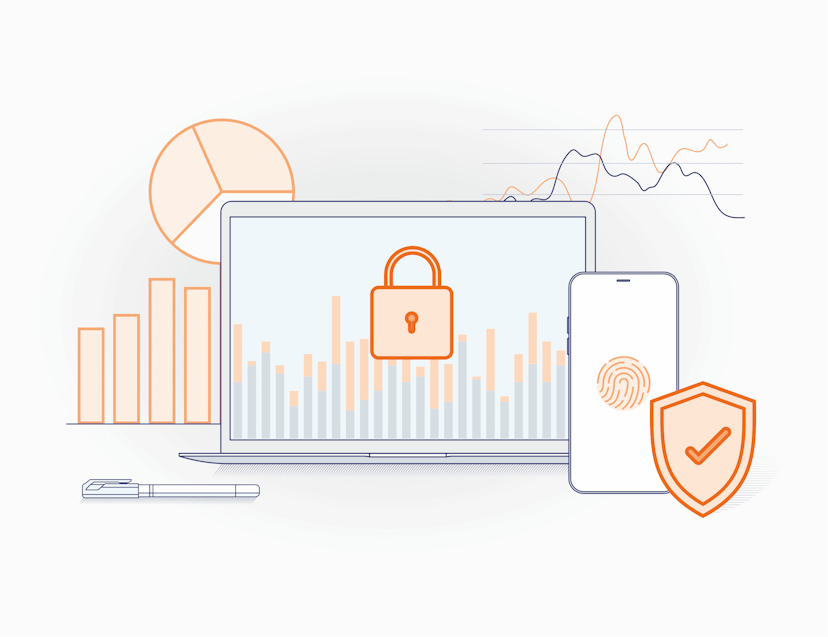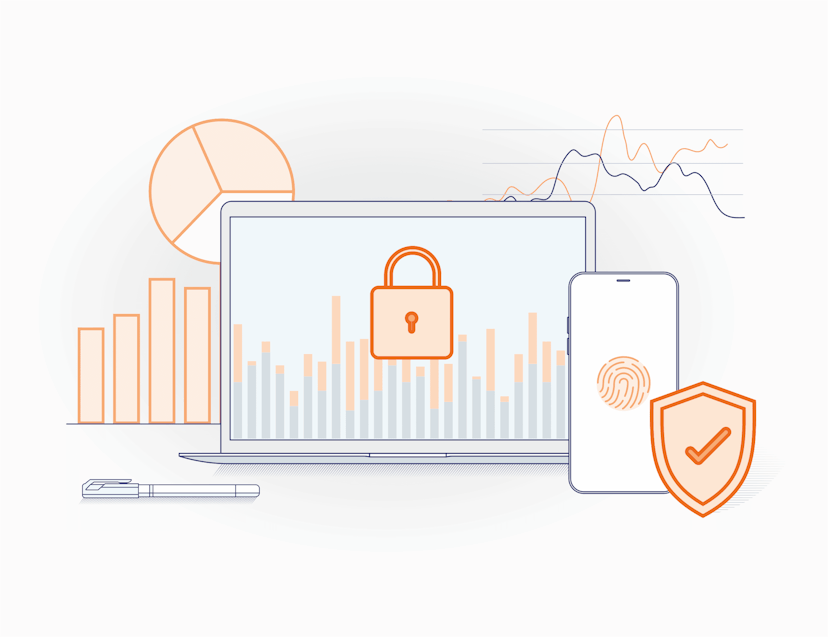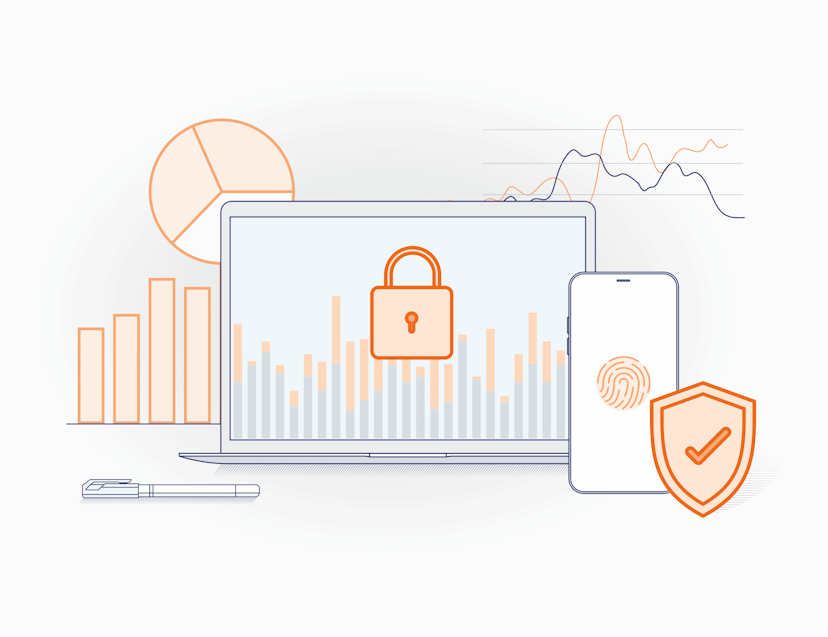Fraud Detection & Risk Monitoring for Fintech
Use AI-powered device intelligence to help fintech businesses prevent fraud, mitigate risk, and support secure growth in dynamic markets.
Book a Demo
Leaders Grow with JuicyScore









Shift from Reactive to Proactive Risk Management
Traditional risk management and anti-fraud efforts often react to threats rather than anticipating them. How can you be sure you’re not overlooking critical data points? Our AI-driven approach helps you identify subtle patterns, bridging the gap between suspicious indicators and clear fraud. Gain full visibility into risk factors, ensuring a smarter, more proactive defense against evolving threats.

Protect Genuine Customers and Stop Fraud Instantly
Instantly detect and block suspicious users attempting to onboard
Prevent account takeovers and unauthorized access with device intelligence
Reduce customer friction with dynamic risk scoring and adaptive authentication
Monitor login attempts and detect anomalies using behavioral and device signals

Learn How It Works
Utilizing over 65,000 data points, JuicyScore generates highly predictive risk score models to detect fraud and assess risk in real time. Our output data vector includes device intelligence, user behavioral patterns, internet connection insights, and software data for precise decision-making. Protect your business with advanced fraud prevention while ensuring a seamless customer experience.
Learn more
Our Clients’ Success Stories
Related Articles
Discover Other Products
See How We Spot Fraud Before It Happens — Book Your Expert Session
See It in Action with a Real Expert
Get a live session with our specialist who will show how your business can detect fraud attempts in real time.
Explore Real Device Insights in Action
Learn how unique device fingerprints help you link returning users and separate real customers from fraudsters.
Understand Common Fraud Scenarios
Get insights into the main fraud tactics targeting your market — and see how to block them.
Our Contacts:
Phone:+971 50 371 9151
Email:[email protected]
Leading Brands Trust JuicyScore:
Get in touch with us
Our dedicated experts will reach out to you promptly









